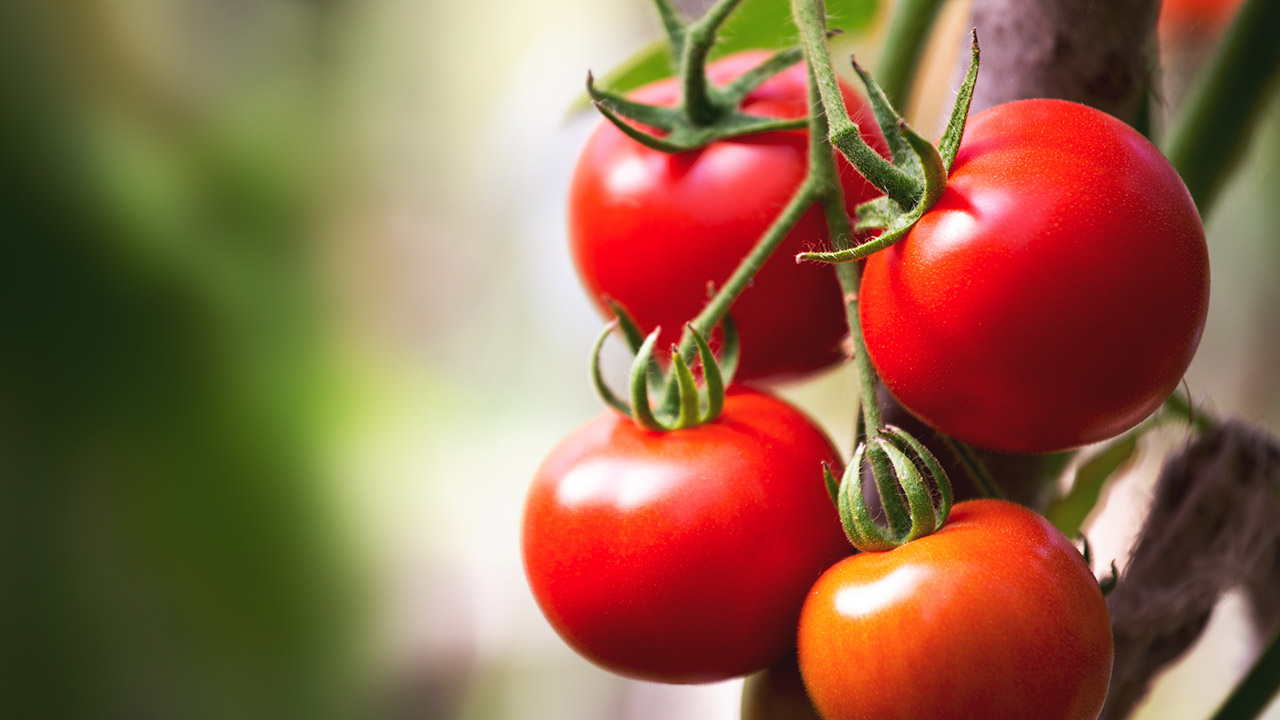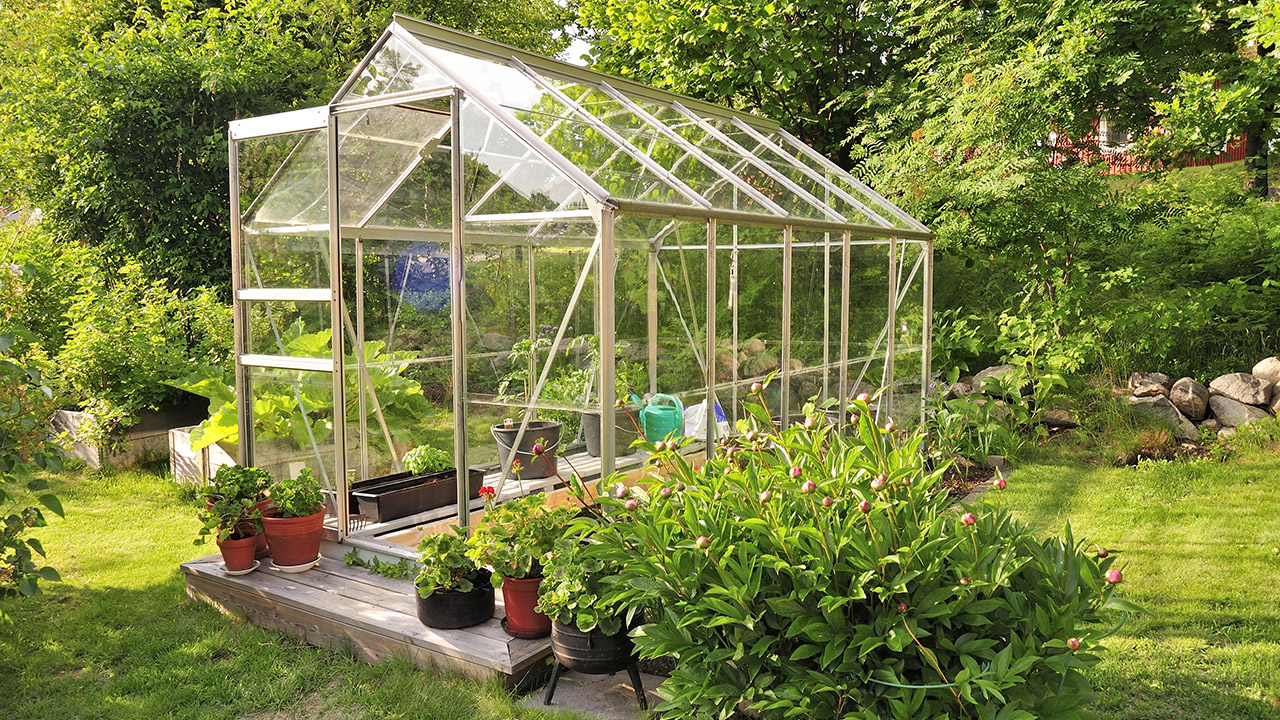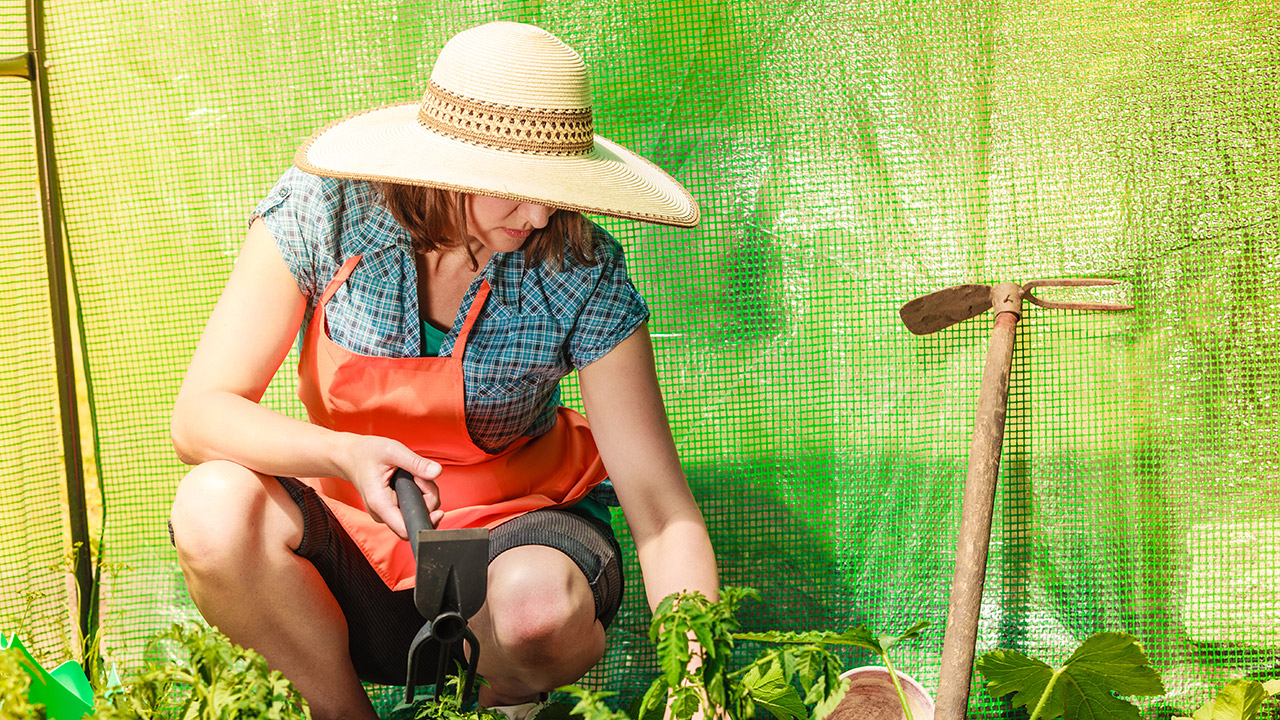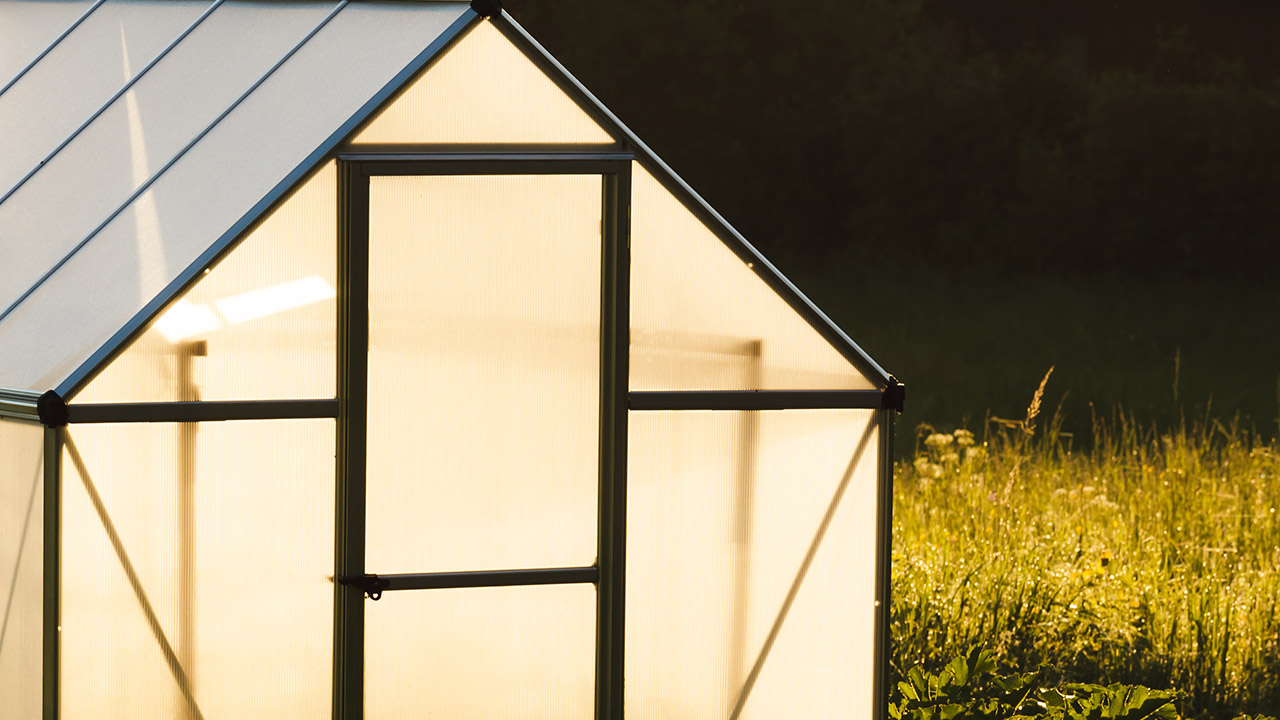6 Tips to Building a Sustainable Greenhouse
Instead of heading to the supermarket for your daily dose of veggies and herbs, imagine being able to pluck them right from your own yard? And rather than buying plants and flowers to adorn your landscaping with, why not grow them yourself?
That’s the beauty of a greenhouse – it offers practicality and sustainability all throughout the year, regardless of the temperature, and is more attainable than you might think. An avid do-it-yourselfer can easily design and construct a greenhouse for a relatively low cost.

1. Find Out if a Building Permit is Required
Before you stick a shovel into the ground, you might want to first determine if you are obligated to apply for a permit. While some locations might not require a building permit to erect a greenhouse, others do. If you happen to be in a location that a permit is needed, you could be faced with fines if your fail to obtain them before starting the work. Even worse, you might even be forced to take it down. Applying for a permit might extend the process a little, but at least you’ll know that you’re greenhouse is legal, and meets safety standards.
2. Pick the Right Spot
The location you choose for your greenhouse will essentially come down to where it will be exposed to the most sunlight. In this case, a true south or southeast exposure is ideal. The spot you choose should ideally have sunlight all day long; but at the very least, locations that have sun all morning should be preferred over those with only afternoon sun as morning sun boosts the growth of plants.
Any structures or trees nearby the greenhouse should be far enough that shadows aren’t cast until at least the late afternoon. The more sun exposure the greenhouse gets, the more free solar energy it’ll attract.

3. Design Your Greenhouse According to Standard Sizes
Most materials that you’ll need to buy to construct your greenhouse will typically come in standard size; namely, multiples of 4. For example, wood 2×4’s or glass panes will usually come in lengths of 8 or 12 feet. Keep this in mind when drafting up plans for your greenhouse. It’s more cost-efficient to use up all of the material you purchase, rather than having to buy larger slabs that need to be cut down to size with the leftovers discarded.
4. Choose a Floor That Allows For Adequate Drainage
Greenhouses should ideally sit on sturdy foundations to make sure it’s safely secured to the ground, such as concrete or wood. But while it’s recommended to place permanent footings to support the structure of the greenhouse, hard flooring is not suggested. Instead, a few inches of gravel is ideal, since it allows sufficient drainage. You can alway use stone or concrete for walkways between your plant benches. Whatever flooring material you choose, remember that it needs to be porous.

5. Think About Ventilation
Greenhouses were meant for collecting solar energy. But the temperature within the interior of the greenhouse will need to be properly vented in order to prevent the accumulation of too much moisture, which can rot your plants.
If your greenhouse is on the smaller scale, simply propping the cover open with a block of wood should be enough to ventilate. For larger structures, consider installing a rooftop vent. Think about using thermally-activated vents that open and close without the need for electricity. To facilitate adequate ventilation around your plants, install open coated wire shelving allows a free flow of air.
6. Choose the Covering Materials
Glass has traditionally been the covering of choice for greenhouses, but it’s the most fragile and expensive to replace. Before adding glass as your covering of choice, make sure that the foundation is strong enough to handle the weight of glass. Tempered glass is often preferred over traditional glass as it’s stronger and doesn’t break as easily.
Plastic is a popular option over glass, considering the fact that it’s lightweight and a lot cheaper. Hard, double-walled polycarbonate plastic is a good option, as it can hold heat much better than cheaper plastics like polyethylene.
These days, fiberglass is the go-to choice for greenhouses, and for good reason. Fiberglass is much cheaper than glass, and is very durable while still allowing 80% of light to transmit through. However, it’s important to note that lower-grade fiberglass will significantly reduce the amount of light transmission, and will need to be recoated in resin more often than higher-grade fiberglass.
Having a greenhouse in your own backyard can help you regulate the environment that your plants and veggies grow in all year long. Keep these tips in mind to help you build an energy-efficient greenhouse to add to your landscape.




